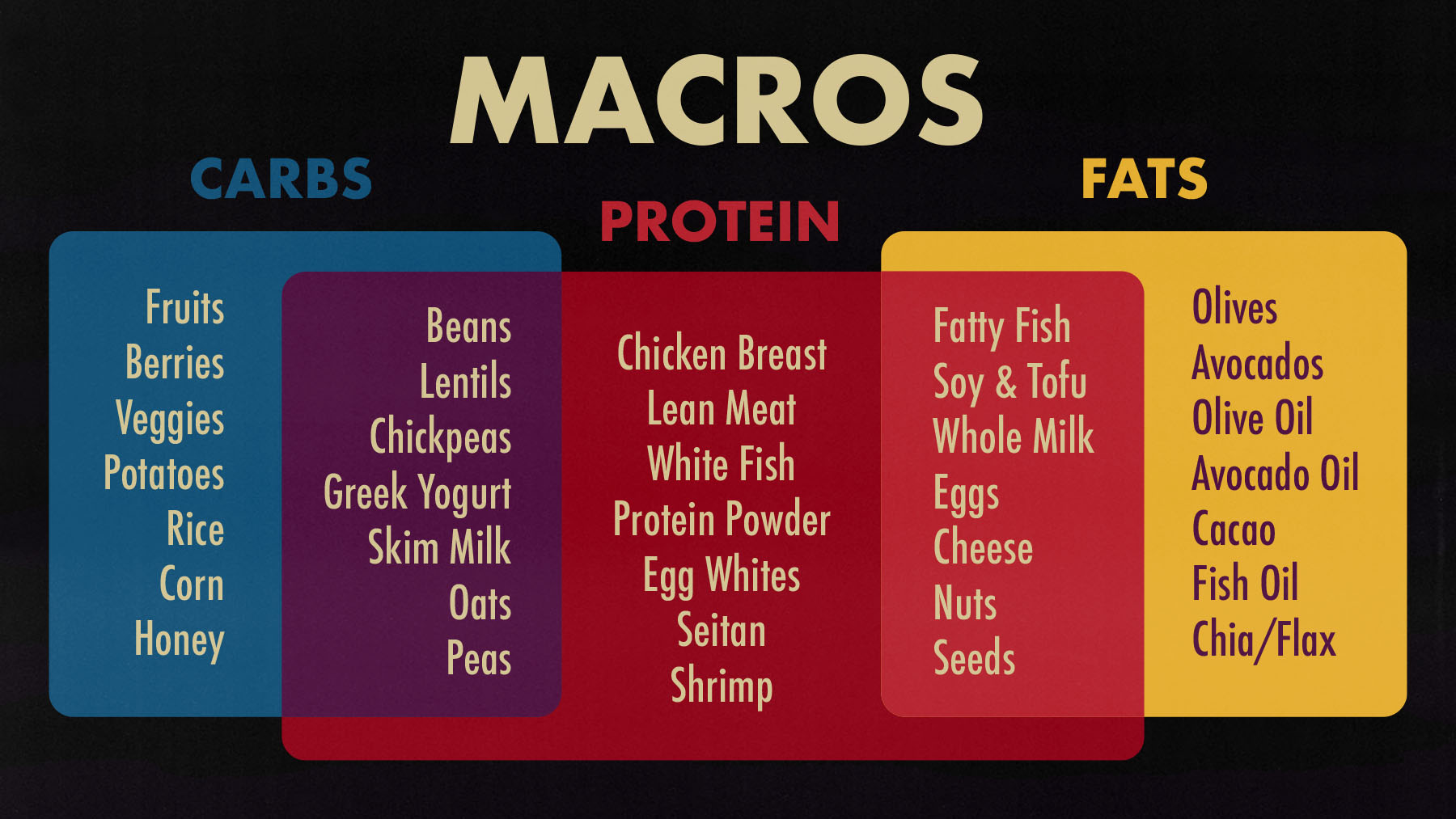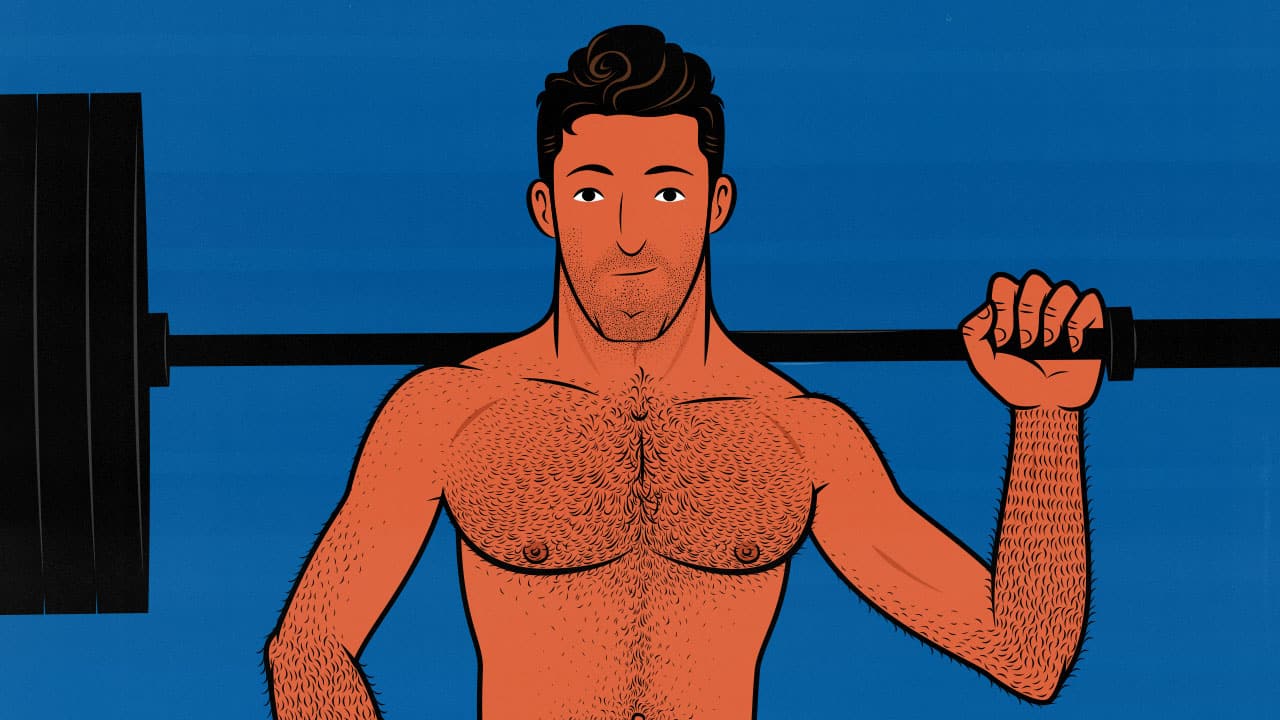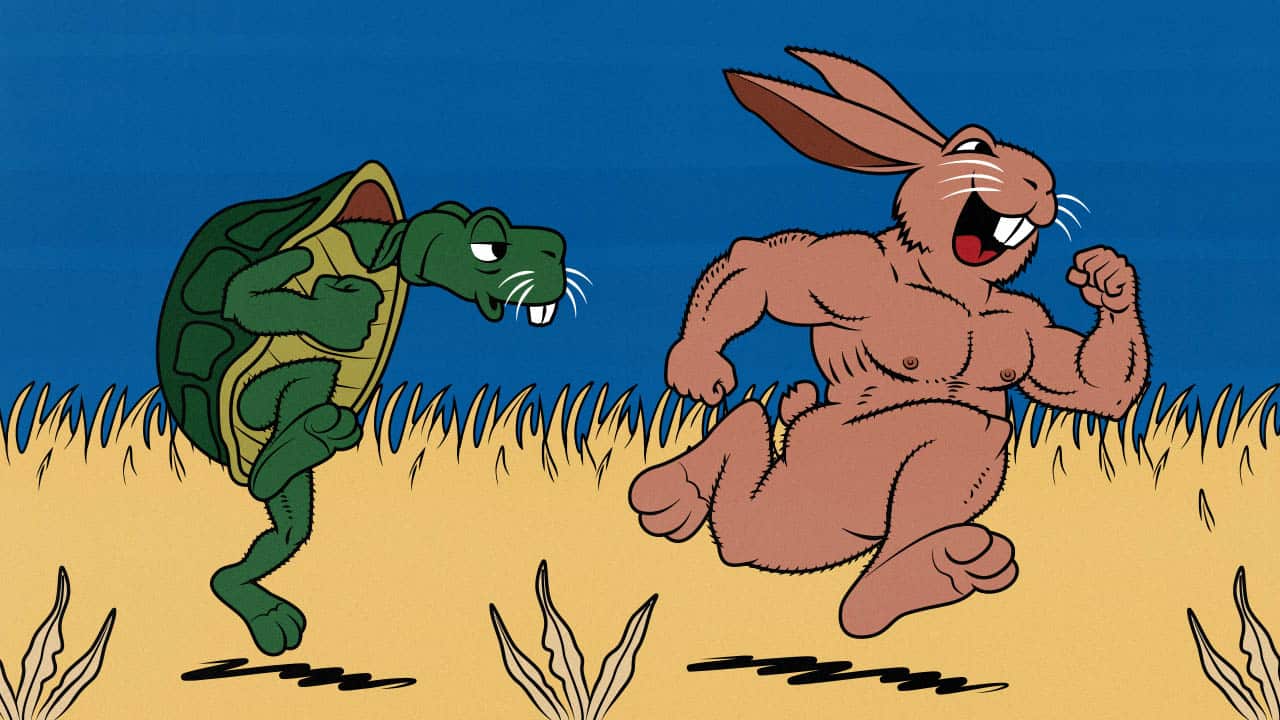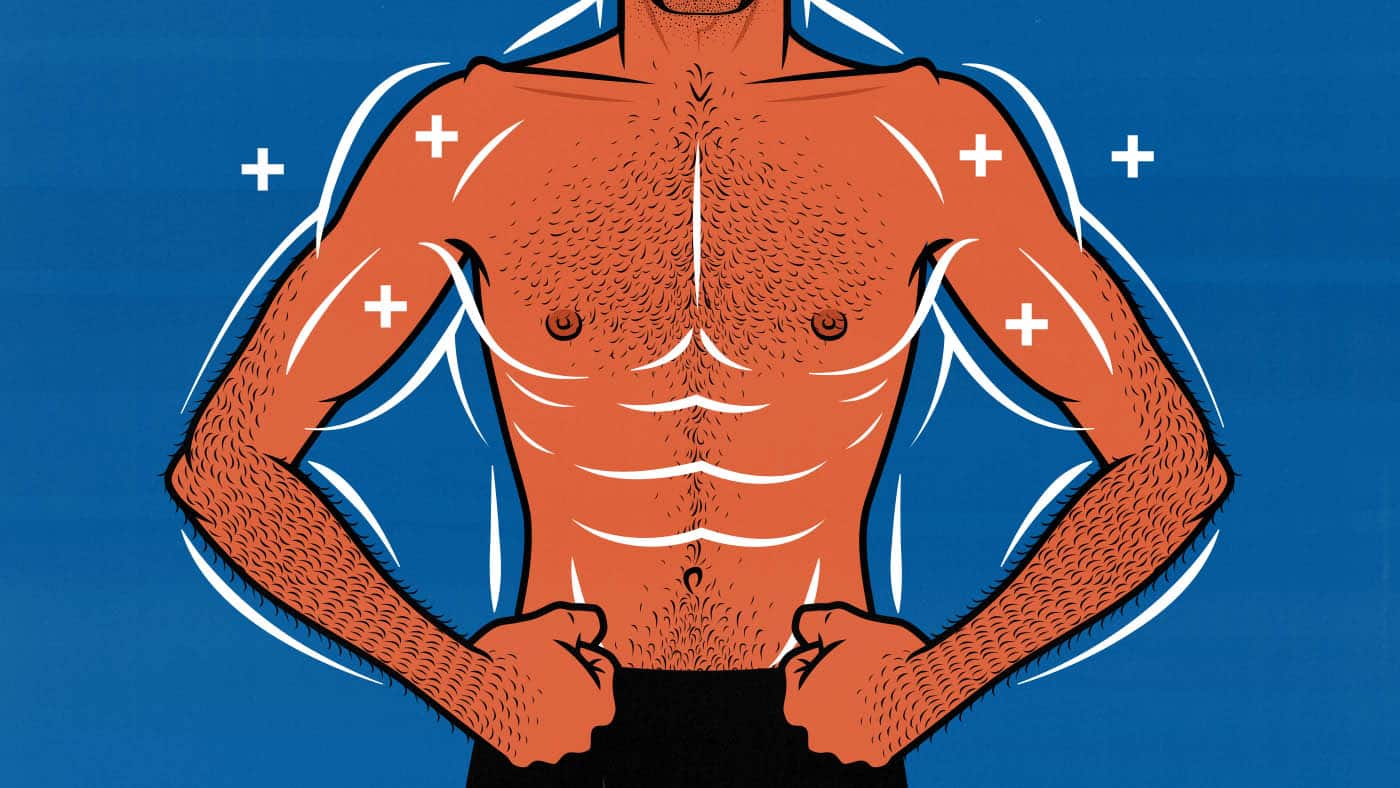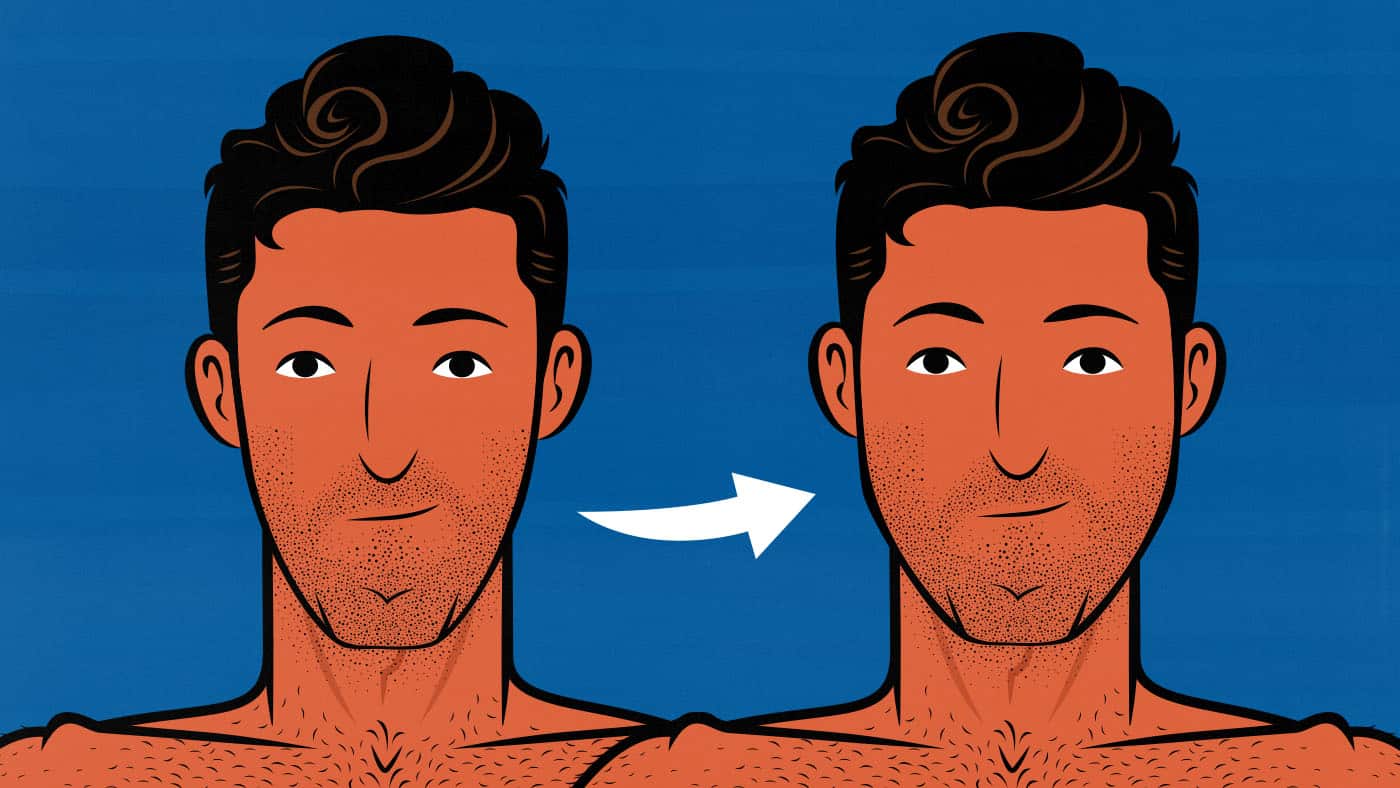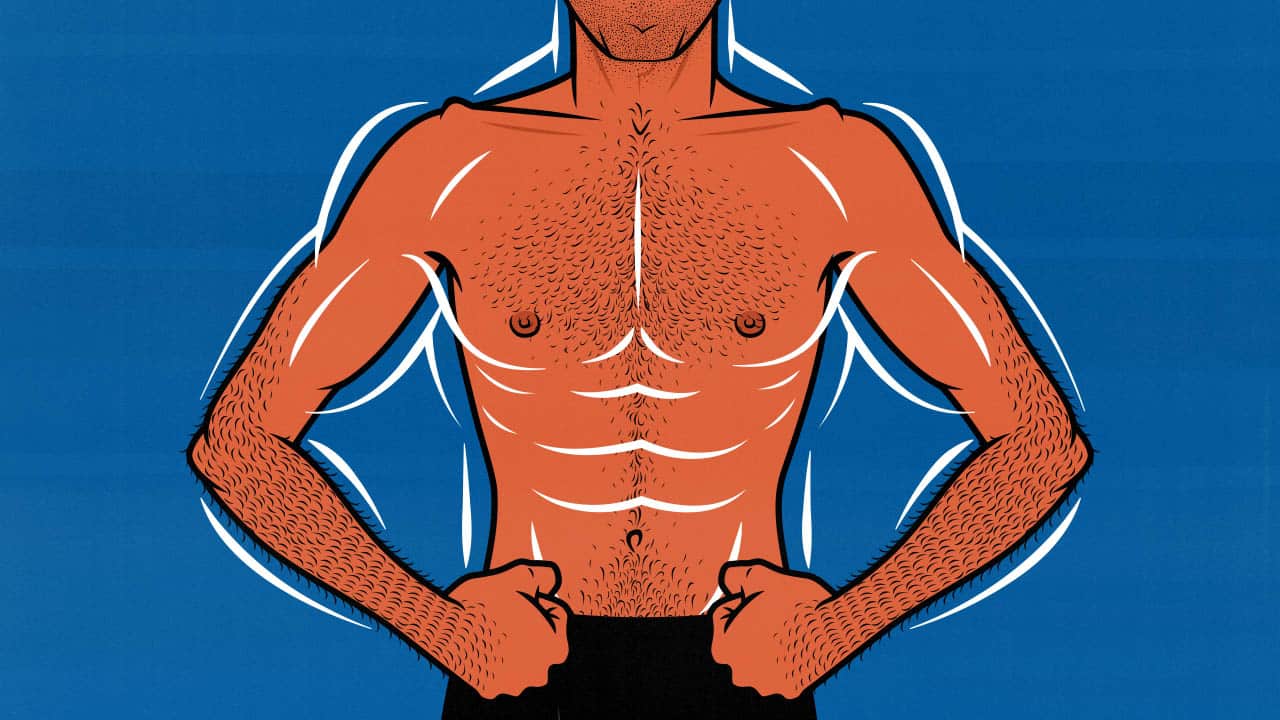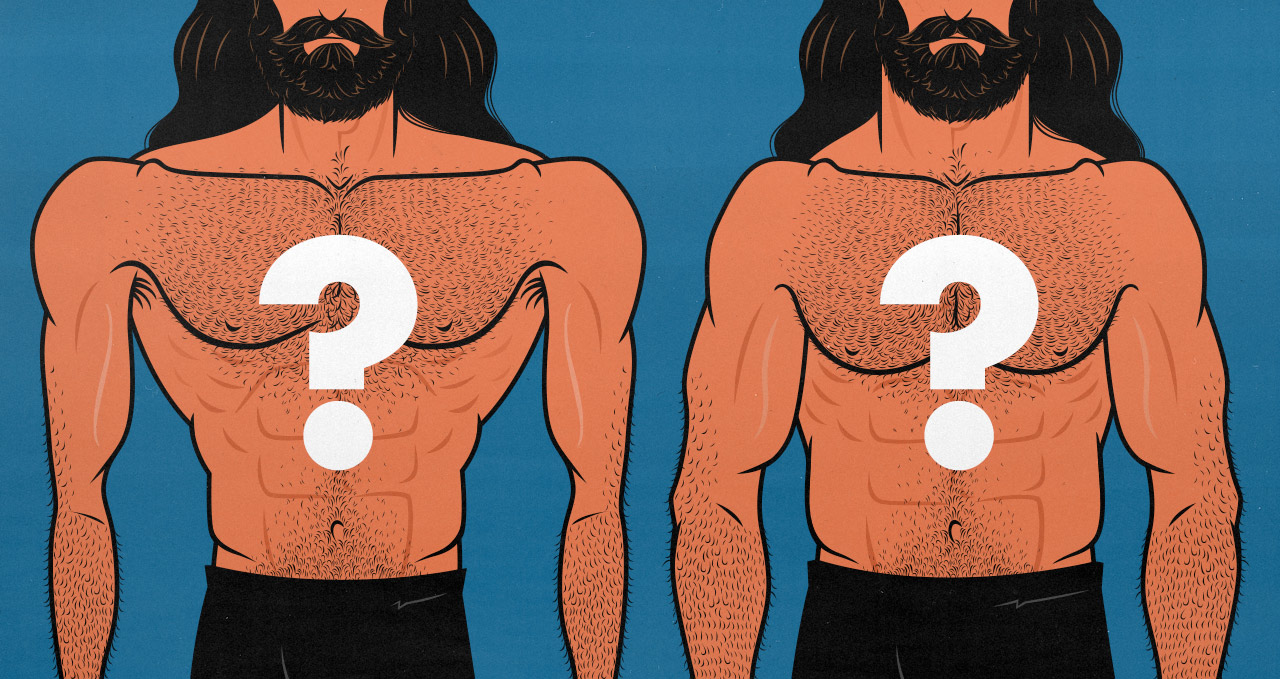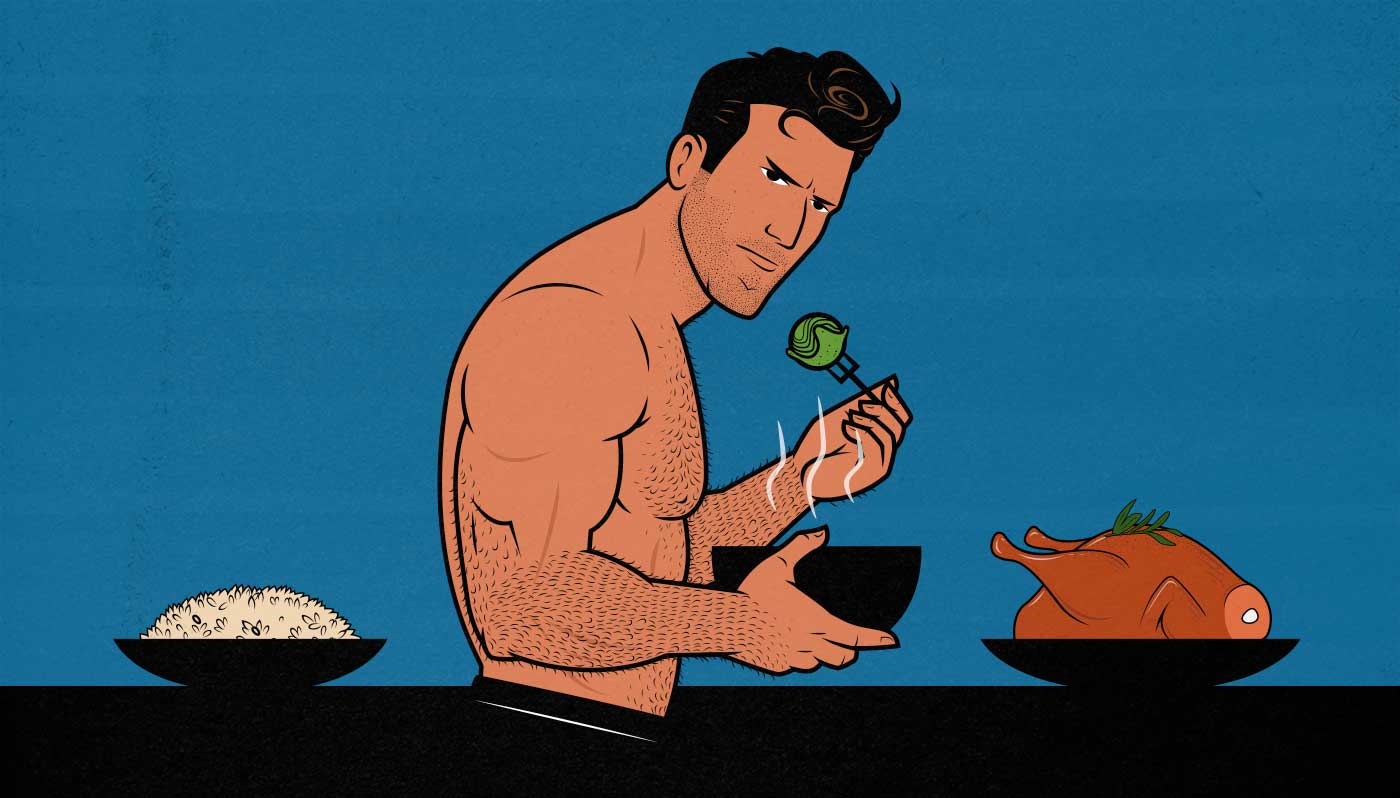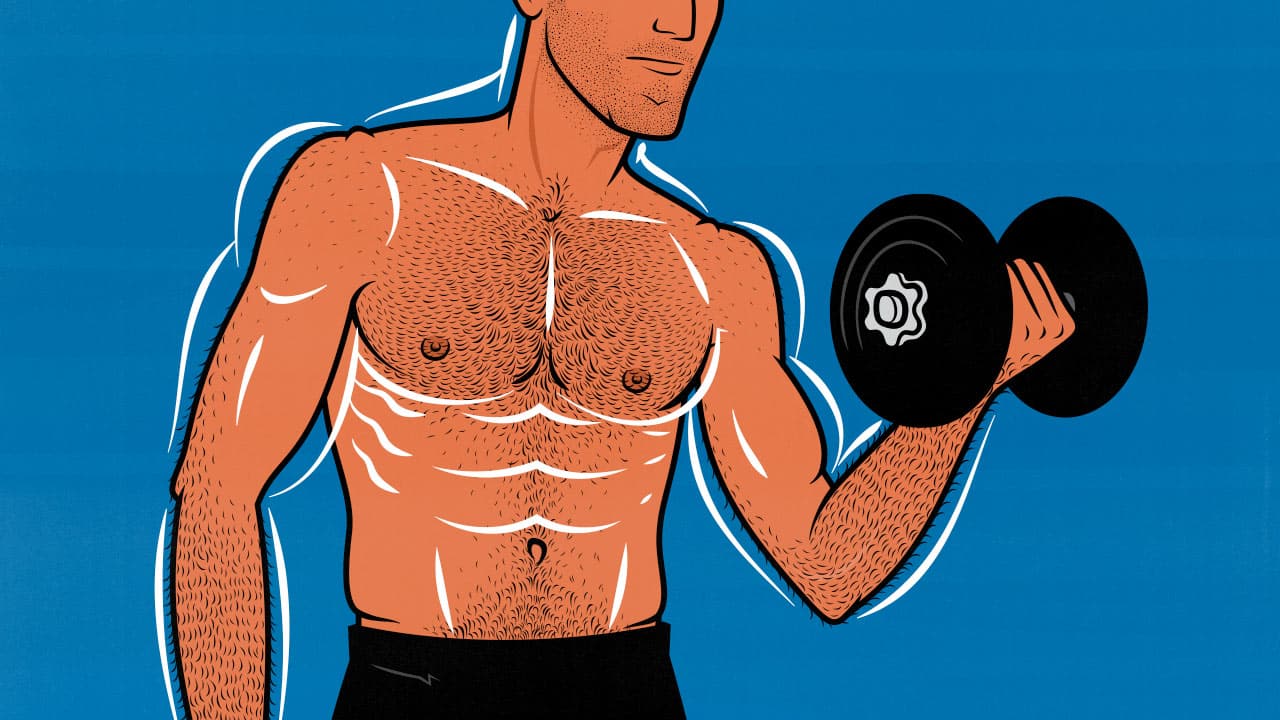Articles
Maingaining: How to Build Muscle Without Gaining Fat
Maingaining is when you slowly build muscle without gaining fat. It’s usually set in opposition to bulking, where you eat in a calorie surplus to support muscle growth. Bulking is a more powerful, reliable way to build muscle, but it often comes at the cost of gaining body fat. Maingaining is supposed to solve that problem.
Up until a few years ago, “maingaining” was called “gaintaining.” I think it was Greg Doucette who flipped it around, and he caused enough controversy that it became the more popular term. The controversy had less to do with maingaining and more to do with the false claims he made to sell his fake turkesterone supplements.
Still, much of the internet’s ire landed on maingaining. Some argued it didn’t work. Most argued that it was a confusing way of combining body recomposition (where you build muscle while losing fat) with lean bulking (where you bulk slowly and leanly).
However, both body recomposition and lean bulking can work quite well. Combining them both together can be quite effective, especially under some circumstances.
Read MoreHow to Count Macros: Beginner Guide
Counting macros is when you count how many grams of protein, carbs, and fat you eat. You can do that by looking at nutrition labels, weighing your food, or following recipes with pre-calculated macros. Most people plug those macros into a calorie-tracking app.
Tracking macros used to be a bodybuilding thing, but it’s become more popular over the past few years. The idea is that you need certain amounts of calories, protein, carbs, and fat to build muscle, lose fat, and be healthy. That’s true, kind of.
Macros are important, but it isn’t hard to get them right. Most cultures have found ways to eat balanced diets. Your appetite is pretty good at asking for the nutrients you need. And most macro targets are pretty forgiving.
Here’s what you need to know.
Read MoreCan You Be Skinny and Strong? Yes, Kind Of
Some skinny guys with good strength genetics are stronger than they look. However, they would be even stronger if they built more muscle.
I’m a naturally skinny guy who was underweight into his twenties and then gradually gained 70 pounds. I’ve struggled to bench press an empty barbell. I’ve also benched 315 pounds. Gaining weight and building muscle is what made the biggest difference.
This is surprisingly controversial, and I see why, so let’s go deeper.
Read MoreHow Fast Should You Gain Weight While Bulking?
Bulking faster almost always causes faster muscle growth, but if you bulk too fast, you’ll gain more fat. Bulking slower gives you a better chance of making lean gains, but you’ll also build muscle more slowly, and you might go through periods of not building any muscle at all.
Most people split the difference, bulking at a moderate pace. I didn’t. I was desperate not to be skinny anymore, so I gained weight as quickly as I could, gaining 20 pounds in 3 months (1.5 pounds per week). That’s 3 times faster than most experts recommend, but I finished leaner than when I started.
Since then, I’ve helped over 15,000 other people bulk up at varying paces and tracked their results. Most guys who want to bulk up are thin, but I’ve also coached hundreds of skinny-fat and overweight people. It’s easy to see the patterns.
There are some interesting studies we can look at, too. In particular, the famous Ribeiro study.
Read MoreHow Fast Can Skinny People Build Muscle?
I want to talk about how quickly skinny people can expect to build muscle. It’s a contentious topic. I’ve gained 70 pounds and spent the past decade helping over ten thousand skinny people bulk up, and I’ve noticed that most experts either get this wrong or forget to even mention us.
Most experts warn that gaining weight too quickly will make you fat, but they’re almost never talking about skinny people. When I ask them specifically about skinny people, their answer usually changes, sometimes quite dramatically.
Read MoreCan Chewing Gum Bulk Up Your Jawline?
I don’t have a strong jawline. My jaw just blends straight into my neck. I’ll show you in a second. But I wasn’t particularly bothered by it. George Lucas created wonderful things without a chin, so I didn’t see why I needed a jaw. Still, whenever I saw an ad about chewing on rubber Jawzrcise balls, I was tempted.
The problem with those Jawsrcise balls is that they don’t replicate regular chewing patterns. They do stimulate some of our chewing muscles, but they might also create imbalances, changing how you bite, and potentially causing problems. I confirmed this with an orthodontist. More on that in a moment.
Chewing gum is much more promising. You chew it just like you chew regular food, and it does a great job of working your muscles of mastication (including your masseters). Chewing gum could help your jawline, but it depends on what type of gum you chew and how you chew it.
Read MoreWhat Does Bulking Do?
Bulking is when you gain weight to support muscle growth. Not everyone needs to gain weight to build muscle, but some people do. That’s because you need to do two things to build muscle:
- Stimulate muscle growth, usually with weight training.
- Give your muscles enough protein, calories, and time to recover and grow.
Any good muscle-building program combines those two things. What sets bulking apart is that the diet puts you into a calorie surplus—it causes weight gain.
There are many different ways to bulk, each with a slightly different purpose. If you want to build muscle as fast as possible, you can bulk aggressively. If you’re worried about gaining fat, you can bulk leanly. If you want to bulk in a healthy way, you could do a clean bulk. If you don’t care about any of that, you can do a dirty bulk.
Bulking has a controversial reputation, but I think that reputation is almost wholly undeserved. The criticism usually comes from people arguing against a specific style of bulking, then falsely applying that criticism to bulking in general. For example, someone might say that bulking will make you fat, forgetting that lean bulking exists. Or that bulking means overeating junk food, forgetting that clean bulking exists.
Let’s delve into some of that nuance.
Read MoreDo Skinny People Have Bad Muscle-Building Genetics?
I think it’s important to talk honestly about muscle-building genetics. I don’t mean that in a pessimistic “blackpill” way. Every skinny person can build muscle. I’m naturally skinny. So is Marco. We’ve each gained around 70 pounds. And over the past decade, we’ve worked with over ten thousand skinny clients, both male and female, ranging from desk workers to Olympic athletes.
But our genetics do indeed influence those results. Even among naturally skinny people, we all have different bone structures, different muscles that lag behind, and different muscles that pull ahead, causing us to build bodies that look rather different from one another.
So, I don’t think we should take the overly optimistic “whitepill” approach, either. If we don’t understand and account for our genetic weaknesses, we won’t ever succeed at building muscle.
Finally, for every genetic downside you have, there’s probably a genetic strength you can leverage. For the most obvious example, if you have a hard time gaining weight, you’ll have an easy time staying lean. That genetic leanness will be a powerful ally as you bulk up.
Read MoreBulking Diet Plan: How to Eat for Muscle Growth
This bulking diet guide covers everything you need to know about eating for muscle growth. This is how bodybuilders have traditionally bulked up, how athletes gain lean mass, and what modern science shows is the most effective way to fuel muscle growth.
Cassandra used this diet to gain over twenty pounds, I’ve used it to gain over sixty pounds, and Marco used it to gain over seventy. We also use it to help our clients bulk up, both in person and online. Those clients range from desk workers to college, professional, and Olympic athletes.
There are five parts to this guide:
- How much do you need to eat?
- What if you stop gaining weight?
- How much protein, carbs, and fat you should eat?
- What does a healthy bulking diet look like?
- What foods and meals should you eat?
Don’t expect to be shocked or thrilled. There’s nothing controversial here. These are well-known and well-studied principles with decades of tradition behind them. That’s by far the best way to get reliable results.
Read MoreHow Often Should You Train Each Muscle Group?
Training each muscle group 2–4 times per week can maximize muscle growth while keeping your risk of overuse injuries low. But that isn’t the only way to train. Some workout programs train each muscle group once per week. Some recent research suggests those routines can be just as effective. Or at least that’s how it appears from afar. We need to delve deeper.
Read More

